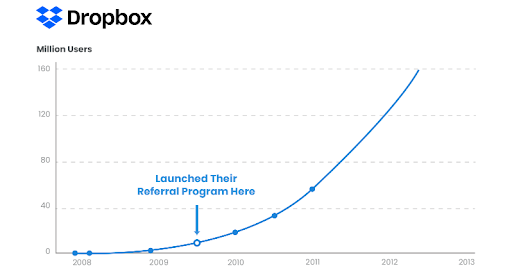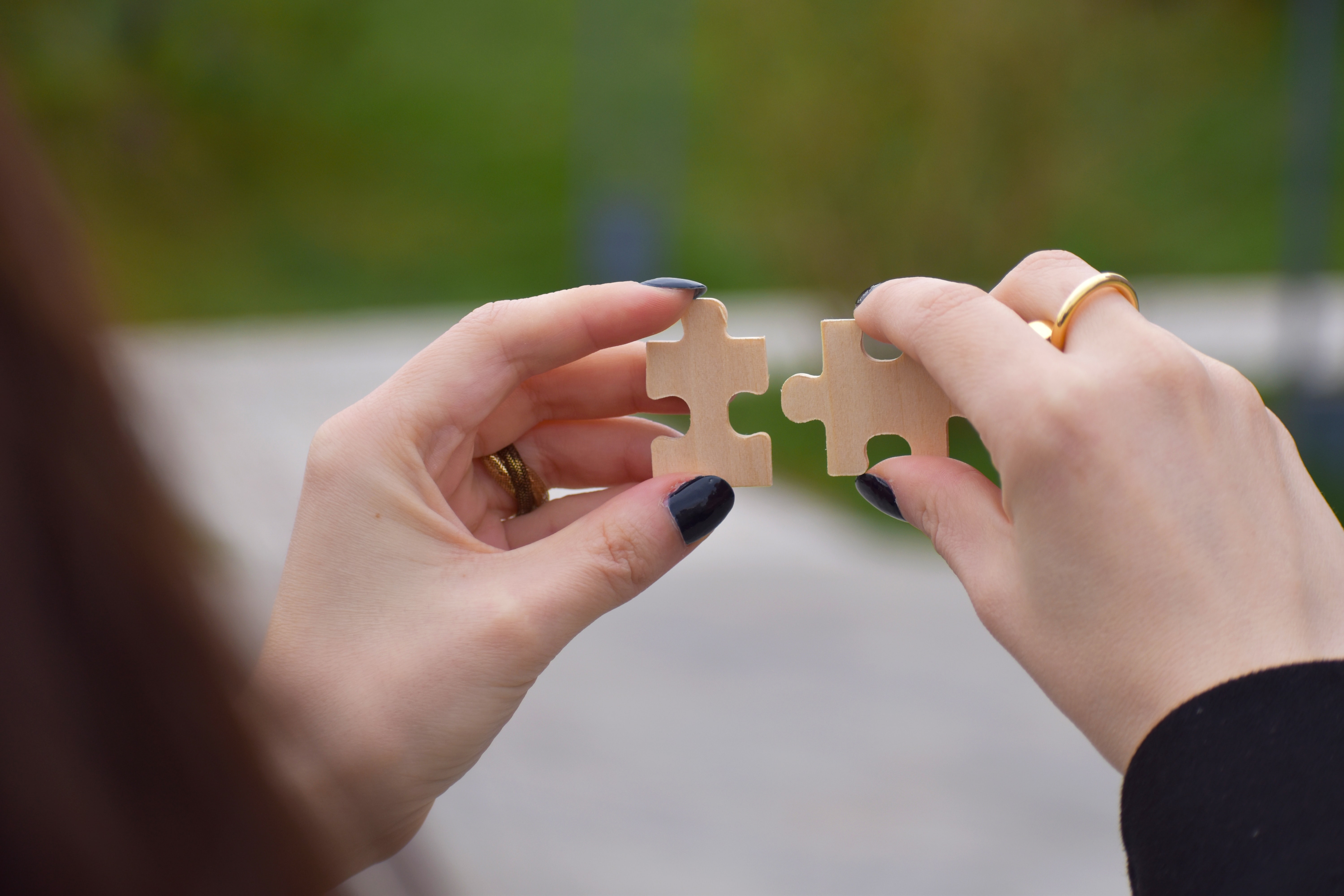
For B2B companies, content marketing isn’t just a way to increase leads and sales; it’s also a way to differentiate yourself from the competition. Producing great content on an ongoing basis, however, is time-consuming and labor-intensive, which makes automation a perfect solution for making sure you take advantage of every opportunity to engage your audience and inform them about your product, company and industry. This article suggests seven proven marketing automation techniques, that provide customers with timely responses, streamline content marketing processes and significantly reduce the manual labor required to deliver timely high-quality B2B content.
1) Email Follow-up Chain
Rule number one of sales is that a lead or inquiry must be followed up on time. That used to mean an account executive initiating correspondence or a call to respond on time. By leveraging marketing automation technology, you can create and manage a chain of follow-up emails that help accelerate the sales journey and ultimately increase revenue.
A classic example of an email chain would be where a prospect fills out a form on your website, and you follow up with an initial automated email that they receive within 24 hours. If there is still no response then you may send them a follow-up email with a special offer 2 days later. If there is still no response, then a third email offering more information or contact with a sales rep can be sent a week later.
There are numerous benefits to an email follow-up chain. Follow-up emails give your leads a friendly reminder about who you are and what you do. It also gives them something to look forward to. When your prospect gets busy and forgets about your business, an automated email chain can serve as a convenient reminder of everything that brought them there in the first place.
2) Smart Content
Smart Content displays different content to specific viewers based on variables such as geography, search terms, user identification and device type.
In addition to the identifiers mentioned above, rules for content selection can also be based on key parameters such as Ad Source, Referral URL, Contact Information, Sales Cycle Position as well as custom queries.
By segmenting prospects and customers based on data you already have or can collect, you can create targeted responses and forms to ensure everyone receives content that’s most likely to advance them to the next step of sale. This can work on many levels including geographical location, industry, job description and most importantly - where they are in the buyer’s journey.
For example, hosting a unique landing page only for visitors who are identified as highly qualified leads. Qualified leads are determined according to pre-defined criteria such as previous visits, identification as an existing contact or a reply to a targeted online form. The landing page could have more in-depth product and industry information as well as access to online demos, data sheets and of course direct contact with sales reps.
This automation increases conversion rates through effective personalization and saves time on spent on menial repetitive follow-up tasks.
3) Lead Scoring
Lead Scoring refers to how leads are categorized based on their interest in a company’s product or service, likelihood to purchase and similar characteristics. As leads advance through a marketing automation workflow, they receive an automated response based on where they are in the customer journey.
This can also result in flagging hot leads - prospects who need immediate attention which is based on calculating the purchase probabilities and potential lifetime value of a customer based on their interactions with content marketing. This makes the whole process more efficient through lead prioritization based on key parameters such as having a company email as opposed to a Gmail address.
For example, a lead with a recognized company address that interacts with two whitepapers and downloads a free trial has a higher chance of converting than a visitor with a Gmail address who filled out a contact form. Once the hot lead is recognized it would be passed to a sales rep for direct contact.
4) New Customer Onboarding
The process of new customer onboarding is all about making it as easy as possible for new customers to buy and enjoy your product or service. After completing a purchase, the customer is sent an automated email that educates them on what they need and how they can benefit from using your product as well as installation and support information where relevant.
As opposed to the email follow solution mentioned previously, New Customer Onboarding consists of a series of actions including email, customer education, video content, questionnaires and even direct contact from a support representative.
Automated onboarding can involve different types of media delivered over multiple channels, scheduled over a number of weeks. Platforms such as Hubspot offer centralized tools to help create automated processes consisting of email, multimedia, questionnaires and contact forms.
5) Chatbot Support
Chatbots are computer programs that conduct a conversation with human users through auditory or textual methods. Chatbot support is one of the many ways businesses can automate parts of their customer service. Businesses can use chatbots to provide FAQs, give promotional discounts, and update customers on order status or shipping information. They can also generate leads and funnel users to the next step of sale based on chatbot queries and user responses.
One of the biggest benefits of chatbot support is that it improves a company’s ability to provide fast service. Chatbots are designed to respond to simple, frequently asked questions and queries, so they can answer basic customer questions quickly. And because chatbots can be built-in conversational formats, customers feel like they are talking with a person. This reduces support team workload and improves overall customer satisfaction.
It is important not to mistake a Chatbot as a replacement for traditional customer service but rather as an opportunity to reduce costs, increase speed to resolution and convert leads into customers.
6) Social Media Engagement
Social media engagement is just a fancy term for automated activity on social networks. There are many ways to do it, from setting up email autoresponders that automatically send out social-friendly messages, such as greetings and thank-you messages, to linking to your social profiles on every piece of content you publish. In major industries such as marketing, technology and healthcare—it’s an absolute must.
By using automated tactics to engage with people on social media you can greatly increase your content’s reach. You can have it directed towards appropriate groups by tagging them in content or segmenting them out and directing specifically tailored, personal messages towards specific audiences. And you save yourself time while simultaneously reaching new potential customers, expanding your reach and saving yourself time and money.
7) Referral Programs
A referral program is an effective way to nurture loyalty and keep top customers coming back. A successful, automated referral program should make it easy for your best customers to refer new business—and ideally should do so without requiring much of their time. What’s more, if your program ties into other tools like email marketing, you can generate high levels of engagement with low overhead.

A great example of this is the online storage provider Dropbox. They had one of the most successful referral programs in history achieving user growth of 3900% in a 15-month period. This incredible accomplishment was due to many factors including but not limited to the viral nature of file sharing, incorporating the referral message into the onboarding process, simplifying the referral process and clearly presenting the reward for successfully bringing friends and business partners onto the Dropbox platform.
The benefits of automated referral programs are numerous, but they include much more than just free labor. They also encourage customer engagement by creating a buzz around your solution, making it easy to invite friends and family to try new products. It also increases customer loyalty by motivating users to reach out to their own social networks to share their positive experiences with a product or service that would be appreciated by their peers.
Summary
Automating content marketing has many benefits. For one, it is scalable. You also no longer have to worry about scheduling all of your posts or writing at a specific time every day. Another major benefit of automating your content marketing is that it allows you to be more responsive while saving time on redundant tasks, which frees you up to focus on the more critical aspects of your digital marketing program.
These are just some of the ways to automate your content marketing to get better results from your digital marketing activities. There are many solutions out there that help automate digital marketing operations - but that's a blog post for another time. If you want to improve the results of your digital marketing efforts, then it makes sense to set up a call with KeyScouts and see if you qualify for a free marketing automation consultation.




